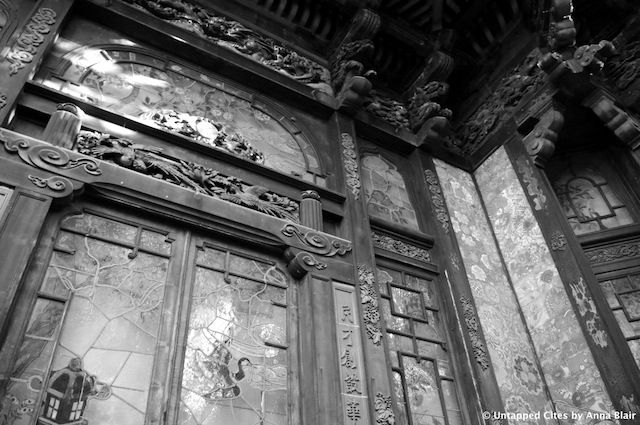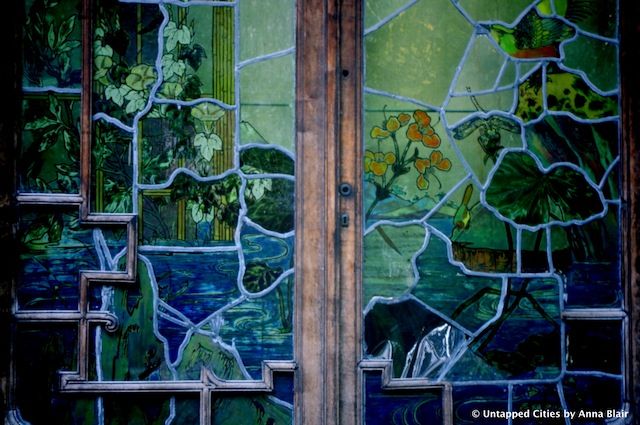Last Chance to Catch NYC's Holiday Notalgia Train
We met the voices of the NYC subway on our nostalgia ride this weekend!


La Pagode Cinema is a small cinema housed in a pagoda. Doesn’t just this description make you want to go right now? Better yet, it completely lives up to expectations. Curiously, La Pagode has a connection to Le Bon Marché. The director of the department store had it constructed as a gift for his wife, in 1896, around the same time Mr. Ching Tsai Loo constructed his pagoda in the 8th arrondissement. It wasn’t enough to save the marriage of the Bon Marché director, apparently, as his wife left him for his business partner the same year. Nonetheless, she used the interior salon for entertaining up until 1927.
La Pagode became a cinema in 1931 and has played a big part in presenting cutting edge French cinema to the public. Jean Cocteau held the premiere of Testament d’Orphée here in 1959, and La Pagode Cinema played an important part in promoting the films of Ingmar Bergman and Sergei Eisenstein in France. Their programming remains interesting now, with a monthly Japanese film screening and discussion group.

The architecture of La Pagode Cinema wasn’t as I expected. I had thought it would be a kitschy pagoda, a sort of novelty device, but it was very beautiful. There isn’t a lot of space between the fence and the building, but a lovely garden has been fit into the area in front of the pagoda with chairs, creating quite a lovely little area to sit while waiting for the film. The trees also create dappled light which plays very prettily upon the building.

The small space and the foliage make it hard to see the La Pagode Cinema in its entirety but the details are impressive, with subtle colours. There are lovely painted flowers alongside incredibly intricate carved wood. There’s just the right amount of geometric framing that the sinuous shapes and natural imagery aren’t overpowering.

There are two screening rooms inside La Pagode Cinema, one of which is in the pagoda’s original interior and the other of which is underneath it. As you can see in the photo above, the screen looks a little out of place in the ornate interior, but in the best possible way. I imagine it would add an extra beauty to whatever was on the screen. The light fixtures snaking up the walls are so beautiful.
Marcus Loew noted early in the twentieth century, before La Pagode was a cinema, that “people buy tickets to theatres, not movies.” This cinema is a reminder of just how incredible a place to see films can be, but it’s also very understated, as I didn’t expect prior to visiting. La Pagode Cinema is beautiful in a substantial, not superficial, way.
Get in touch with the author @annakblair and see more content from her website Flappers with Suitcases.
Subscribe to our newsletter